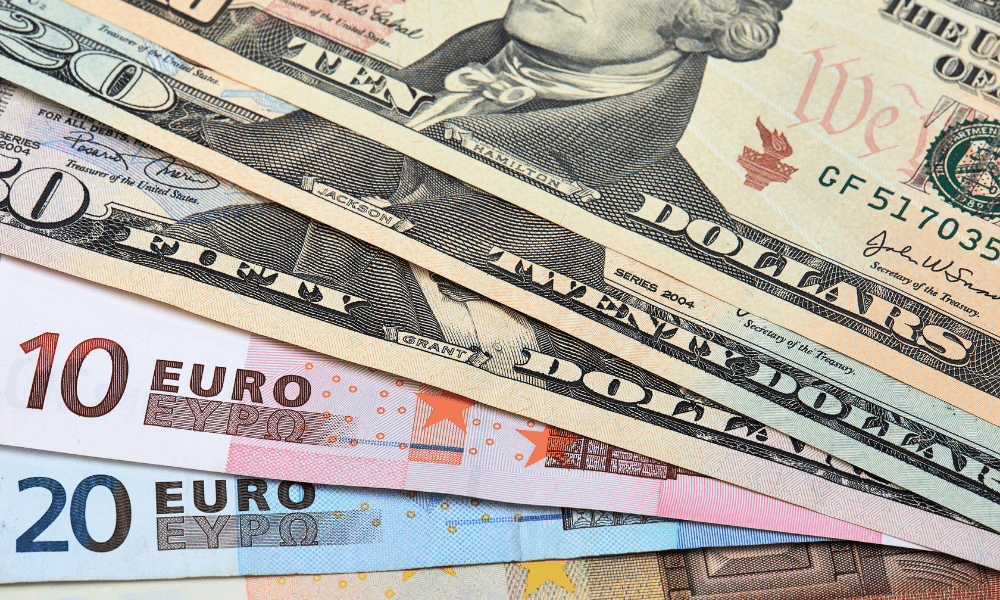
Investing.com – The dollar was down on Tuesday morning in Asia, while the euro was stuck near a 22-month low. Russia’s invasion of Ukraine continues to dim Europe’s economic outlook, but a week-long rally in commodity currencies showed signs of a pause.
The U.S. Dollar Index Futures that tracks the greenback against a basket of other currencies edged down 0.16% to 99.135 by 10:30 PM ET (3:30 AM GMT).
The USD/JPY pair edged up 0.13% to 115.44. Japanese data from earlier in the day showed the largest current account deficit since the start of 2014, with the current account at JPR1.189 trillion ($10.33 billion) and the adjusted current account at JPY0.19 trillion in January 2022.
The AUD/USD pair inched up 0.10% to 0.7324, with Australia’s National Australia Bank business confidence index at 13 in February. The NZD/USD pair was steady at 0.6831.
The USD/CNY pair edged down 0.13% to 6.3126 while the GBP/USD pair edged 0.18% to 1.3125.
The euro remained close to Monday's low of $1.0806, despite efforts to bounce after six straight sessions of selling. The single currency is down 4% on the dollar since Russia invaded Ukraine on Feb. 24, with the conflict showing no signs of ending. The euro came close to parity on the Swiss franc on Monday, the first time in seven years it has done so.
Little progress has been made over two rounds of peace talks between Russia and Ukraine. Germany's opposition to a ban on Russian energy imports knocked oil futures from Monday's 14-year peak, but the supply shock will hurt European growth, some investors warned.
"Markets could continue to price the risk of a disruption to Russian energy exports and downgrade the European growth outlook," Commonwealth Bank Of Australia strategist Carol Kong told Reuters.
"As such, we expect the euro to remain under pressure. There is a reasonable chance euro/dollar tests the COVID-19 low of $1.0688 this month."
Investors now await the European Central Bank’s policy decision, due to be handed down on Thursday. The possibility of stagflation prompted economists to figure that the central bank could delay interest rate hikes until late in 2022.
Alongside commodities’ meteoric rally, the conflict in Ukraine and the Western sanctions that followed saw the rouble sliding to a record low of 160 to the dollar in erratic offshore trade on Monday. Other Russian assets also took a hit, although the U.S. dollar remained firm amid concerns that the war would be prolonged, and the economic hit would also spread.
In the Asia Pacific, the Australian and New Zealand dollars rose in early trade but were below Monday’s four-month highs.
The New Zealand dollar jumped 4.5% in just over a month as the Reserve Bank of New Zealand kicks off a round of interest rate hikes. Energy price pressures could drive back-to-back 50-basis-point hikes in April and May, ANZ Bank analysts said on Tuesday.